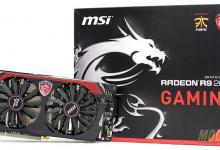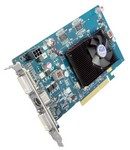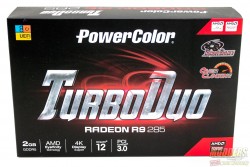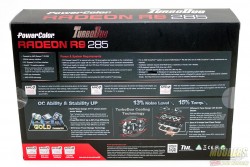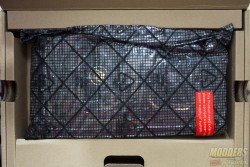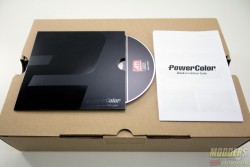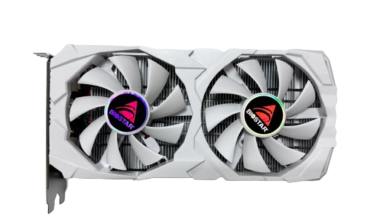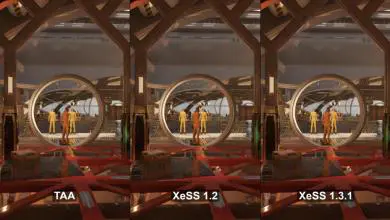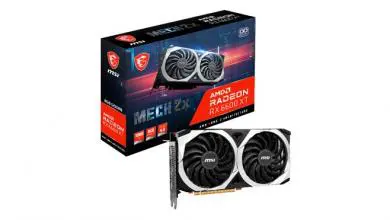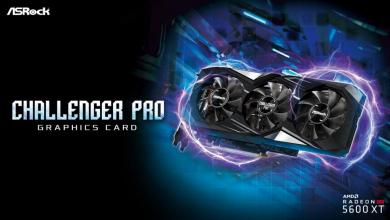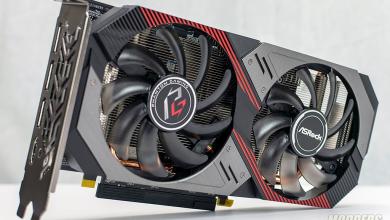PowerColor R9 285 2GB Turbo Duo Review: It Takes Two to Tonga
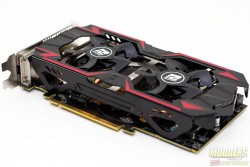 The battle for video card supremacy is an ongoing conflict that rages all year. Prices change constantly, affected by several factors including even non-gaming related activities (such as crypto-currency mining). Performance updates are constant as well, not just in terms of seasonal hardware changes but driver efficiencies for the same video card provides framerate increase and additional features once in a while. In this battle, the $200 pricing segment is a strategic location that both AMD and NVIDIA want their flag firmly entrenched in. Sure the high-end video cards get major attention and press coverage but the ratio of people buying those cards compared to the exposure they get is not as much as the mainstream segment. This “sweet spot” also does not sell as much as the more affordable cards but lower-end cards do not get a lot of the fanfare and media coverage that the high-end and mainstream cards get. It is a sweet-spot in terms of not just performance but maximum efficient exposure as well, having a good ratio of media presence-to-direct dollars earned. The $200 pricing area is strategic because solid footing in this segment dictates how the upcoming unreleased video cards will be spec’d and/or priced to fill in the distance between the mainstream to the high-end and the budget to the mainstream.
The battle for video card supremacy is an ongoing conflict that rages all year. Prices change constantly, affected by several factors including even non-gaming related activities (such as crypto-currency mining). Performance updates are constant as well, not just in terms of seasonal hardware changes but driver efficiencies for the same video card provides framerate increase and additional features once in a while. In this battle, the $200 pricing segment is a strategic location that both AMD and NVIDIA want their flag firmly entrenched in. Sure the high-end video cards get major attention and press coverage but the ratio of people buying those cards compared to the exposure they get is not as much as the mainstream segment. This “sweet spot” also does not sell as much as the more affordable cards but lower-end cards do not get a lot of the fanfare and media coverage that the high-end and mainstream cards get. It is a sweet-spot in terms of not just performance but maximum efficient exposure as well, having a good ratio of media presence-to-direct dollars earned. The $200 pricing area is strategic because solid footing in this segment dictates how the upcoming unreleased video cards will be spec’d and/or priced to fill in the distance between the mainstream to the high-end and the budget to the mainstream.
In this segment, NVIDIA’s GTX 960 recently entered to challenge AMD’s R9 280X video card. Compared to the previous generation GTX 760 it was replacing, the GTX 960 seemed like a step back specifications-wise. It had higher out of the box clock speeds but it had a narrower 128-bit memory bus for 2GB of frame buffer. The R9 280X’s replacement on the other hand, was introduced late Q3 2014 and had seemingly similar “backwards step” changes. Dubbed the R9 285, it had less memory at only 2GB on a 256-bit memory bus width compared to the R9 280X’s 3GB at 384-bit for the same introductory price. What is different of course, is that both AMD and NVIDIA have implemented new compression techniques that allow for improved performance despite the narrower memory bus width. This allows both companies to manufacture cards more affordably while keeping the performance in line with what is expected of current-generation mainstream video card performance.
Since an R9 285 was not on hand here at Modders-Inc when the GTX 960 was released, it only felt right to get an R9 285 “Tonga” GPU to get a clearer picture of what the current standings are. Initially compared to an R9 280X, the GTX 960 cards fared decently, although not thoroughly outpacing the AMD offering completely. According to NVIDIA, their GTX 960 bests the R9 285 on all games at 1920 x 1080. The problem is that their figures are from reference GTX 960 and R9 285 performance, and there are no such thing as “reference” GTX 960 and R9 285 sold in the market. Both video cards are available from a variety of AIBs with out of the box overclocks and customized cooling.
[sc:sponsor sponsor=”PowerColor” product_link=”http://www.powercolor.com/US/products_features.asp?id=563″ product_name=”PowerColor R9 285 TurboDuo OC Video Card” product_price_link=”http://amzn.to/1CLoUrV” product_price=”$199.99″ ]
The MSI and Gigabyte GTX 960 video cards previously reviewed are going to tango with the “Tonga”, represented solely by a PowerColor R9 285 TurboDuo video card. The TurboDuo name refers to the customized cooling system utilized by this R9 285; a triple heatpipe heatsink with a pair of 80mm dual bladed fans. Factory overclocked to 945MHz from the reference 918MHz, the PowerColor R9 285 TurboDuo is able to drive up two 4K displays (HDMI and DP) or three monitors in Eyefinity simultaneously without the need for DisplayPort adapters.
Packaging and Accessories
There is not much on the front except a giant TurboDuo printed in the middle There isn’t even a photo of the card itself but the back has a wall of text showing the unique features for the R9 285 GPU and the TurboDuo cooling system. As with most video card packaging, this is merely the fancy outer box and inside is a more practical box that contains the actual card.
The packaging inside has the R9 285 inside a slightly padded anti-static bag and placed on the upper compartment. Underneath the video card compartment is the driver disc and a basic user’s guide.
Specification
| Graphics Engine | RADEON R9 285 |
|---|---|
| Video Memory | 2GB GDDR5 |
| Engine Clock | 945MHz |
| Memory Clock | 1375MHz (5.5Gbps) |
| Memory Interface | 256bit |
| Bus Standard | PCIE 3.0 |
| Display Connecors | DL DVI-I/ DL DVI-D/ HDMI/ DisplayPort |
| Feature Support | DirectX12, OpenGL, CrossFireX, ATI Stream, EyeFinity, HyperMemory, HDCP |
| DVI | 2560×1600 |
| DisplayPort, HDMI | 4096×2160 |
| Board Dimensions | 207.25mmX111.15 mmx38mm |
| Extension Power Connector | Two 6-Pin PCI Express Power Connectors |
The entire information provided herein are for reference only. PowerColor reserves the right to modify or revise the content at anytime without prior notice.
